In the ever-evolving world of fashion, color and pattern serve as the essential building blocks of personal expression, enabling individuals to speak without uttering a word. Yet, the art of mixing and matching these vibrant elements often feels daunting, leaving many wardrobe warriors ensnared in a cycle of hesitation. Fear not, for this article is your guide to unlocking the secrets behind an effortless, harmonious style. By exploring the fundamental principles of color theory and pattern dynamics, we will embark on an enlightening journey that empowers you to create visually stunning outfits that reflect your unique personality. Whether you’re a seasoned style maven or just starting your fashion exploration, mastering the art of color and pattern can transform your approach to dressing, turning everyday outfits into bold statements of creativity and confidence. Join us as we delve into the techniques and insights that will unveil the beauty of mixing and matching, allowing you to curate a wardrobe that sings in unison.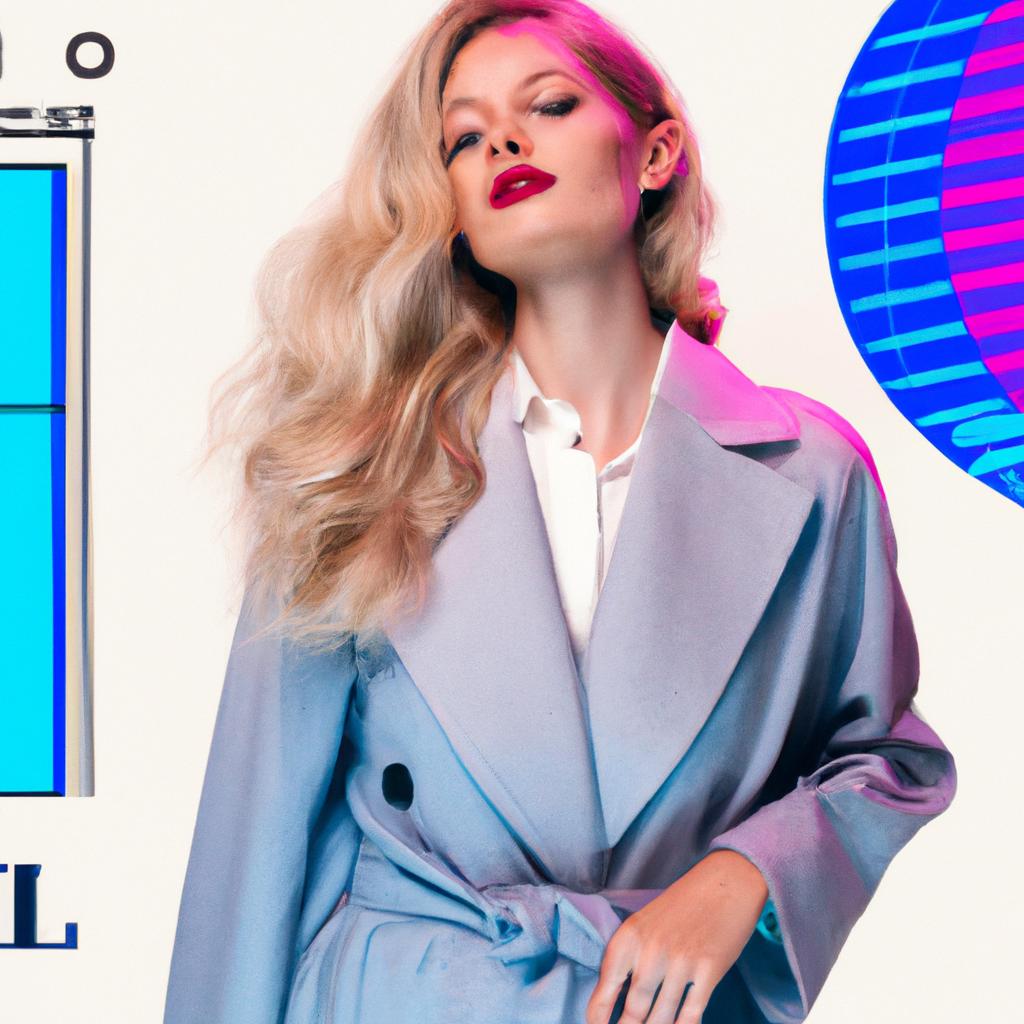
Exploring the Psychology of Color in Fashion Choices
The interplay between color and psychology is a fascinating facet of fashion that influences our choices in profound ways. Each hue conveys distinct emotions and associations, often subconsciously guiding our selections. For example, **blue** is frequently linked to calmness and trust, making it a popular choice for professional attire. Conversely, **red** embodies passion and energy, perfect for making a bold statement. Understanding these associations allows individuals to not only express their mood or personality but also to communicate non-verbally in different social contexts. By considering the psychology of color, one can curate outfits that resonate with intended feelings and reactions.
Furthermore, mastering color mixing and matching requires knowledge of color theory and its practical application. The color wheel serves as a vital tool, illustrating how colors relate to one another. Complementary colors, which are situated opposite each other on the wheel, create a striking contrast, while analogous colors, which are adjacent, offer a more harmonious and serene palette. Here are some essential tips for successful color coordination:
- Start with a neutral base: Incorporate beige, gray, or black to ground your outfit.
- Experiment with shades: Lighter and darker tones of the same color can add depth.
- Choose one statement color: Allow a vibrant hue to stand out against muted tones.
To further elucidate how various colors can evoke different moods, consider the following table:
| Color | Psychological Effect |
|---|---|
| Yellow | Optimism and energy |
| Green | Balance and refreshment |
| Purple | Luxury and creativity |
| Black | Elegance and authority |
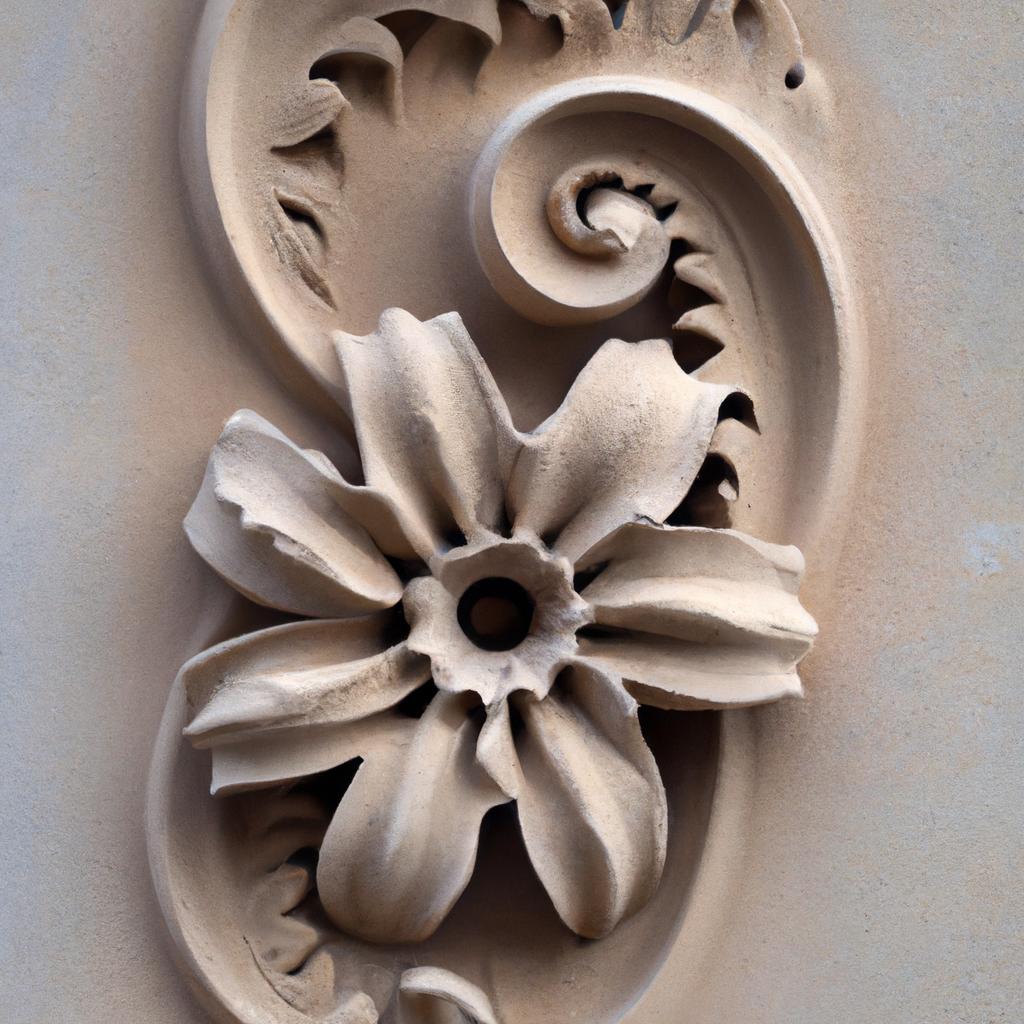
The Power of Patterns: Striking the Perfect Balance
Patterns have a transformative power that can elevate any outfit from ordinary to extraordinary. When mixed masterfully, they create a dynamic visual appeal that captures attention. The key to achieving this coveted look lies in selecting **complimentary patterns** that share a common thread. For instance, pairing a polka dot blouse with striped trousers can be a daring yet harmonious combination. By keeping a few guidelines in mind, such as color coordination and scale, the resulting ensemble can maintain an effortless vibe while showcasing your unique personality.
To further simplify the process, consider the following tips for blending patterns:
- Stick to a Color Palette: Choose patterns that share at least one hue, ensuring that the overall look feels cohesive.
- Mix Different Scales: Pair a bold, large print with a subtle, smaller one for contrast.
- Limit to Three Patterns: To prevent visual chaos, restricting the number of patterns helps maintain a balanced look.
- Use Solids Strategically: Incorporating solid colors can act as an anchor amidst the patterns, allowing them to shine without overwhelming the eye.

Creating Harmony: Key Tips for Mixing and Matching with Confidence
Confidence in mixing and matching begins with understanding color theory. To create visually exciting outfits, incorporate **complementary colors**, which are opposite each other on the color wheel. Pairing colors like blue and orange or yellow and purple creates a striking balance. Additionally, using **analogous colors**—shades that sit next to each other—offers a softer look that feels cohesive and polished. Accessorizing plays a crucial role; consider incorporating accessories in neutral tones to ground bold colors, allowing your outfit to harmonize without overwhelming your appearance.
Patterns can be intimidating, but they can also be your best friends when combined thoughtfully. One effective technique is to **mix different scales** of patterns; for instance, wearing a large floral blouse with a smaller polka dot skirt can create an interesting contrast. Additionally, opting for a monochromatic palette when mixing patterns allows the eye to flow seamlessly across the garment transitions. Don’t shy away from incorporating texture as well—contrasting materials such as silk and denim or linen and leather can add depth and intrigue. Keep in mind the **golden rule of balance**: if you choose a bold pattern, allow it to take center stage while toning down other elements of your outfit. For quick reference, consider this simple chart for guidance:
| Pattern Type | Best Pairing |
|---|---|
| Florals | Stripes or Geometric Prints |
| Stripes | Polka Dots or Solids |
| Plaid | Textured Solids or Subtle Patterns |
In Retrospect
As we conclude our exploration of mastering the art of color and pattern in fashion, it’s clear that the true essence of style lies in the delicate dance of creativity and confidence. Armed with the insights and techniques shared in this article, you are now equipped to embark on your own sartorial journey, where color and pattern intersect to create unique expressions of who you are. Remember, the heart of fashion is not merely in adhering to rules, but in the joy of experimentation and personal interpretation. So go ahead—play, mix, and match fearlessly. Embrace the shades and shapes that speak to you, and let your wardrobe become a canvas reflecting your individuality. The world of fashion awaits your personal touch; may your style story be vibrant and ever-evolving.

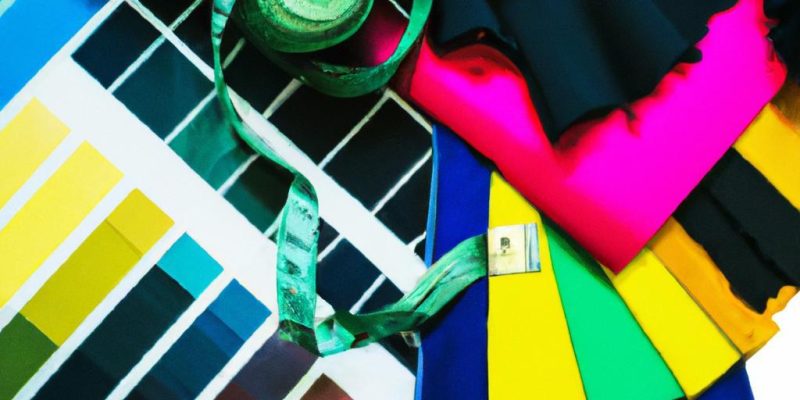











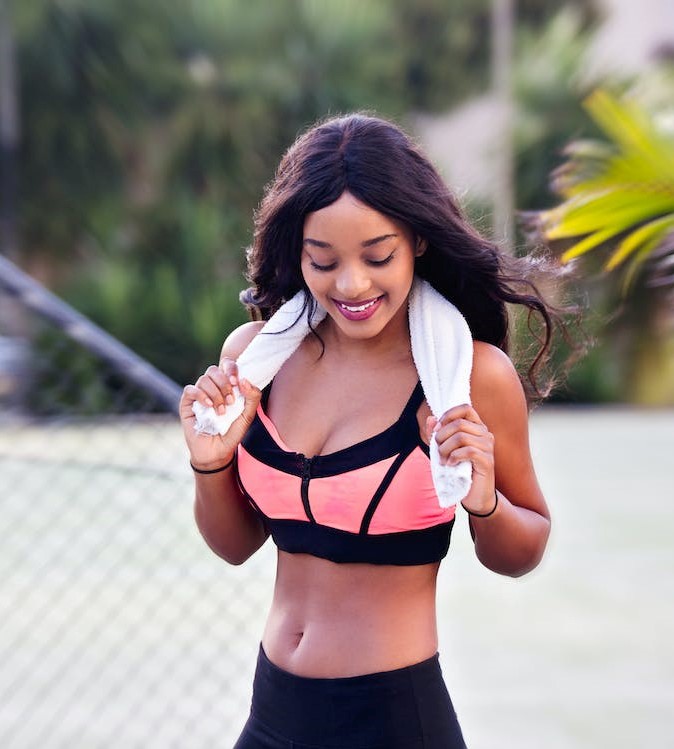

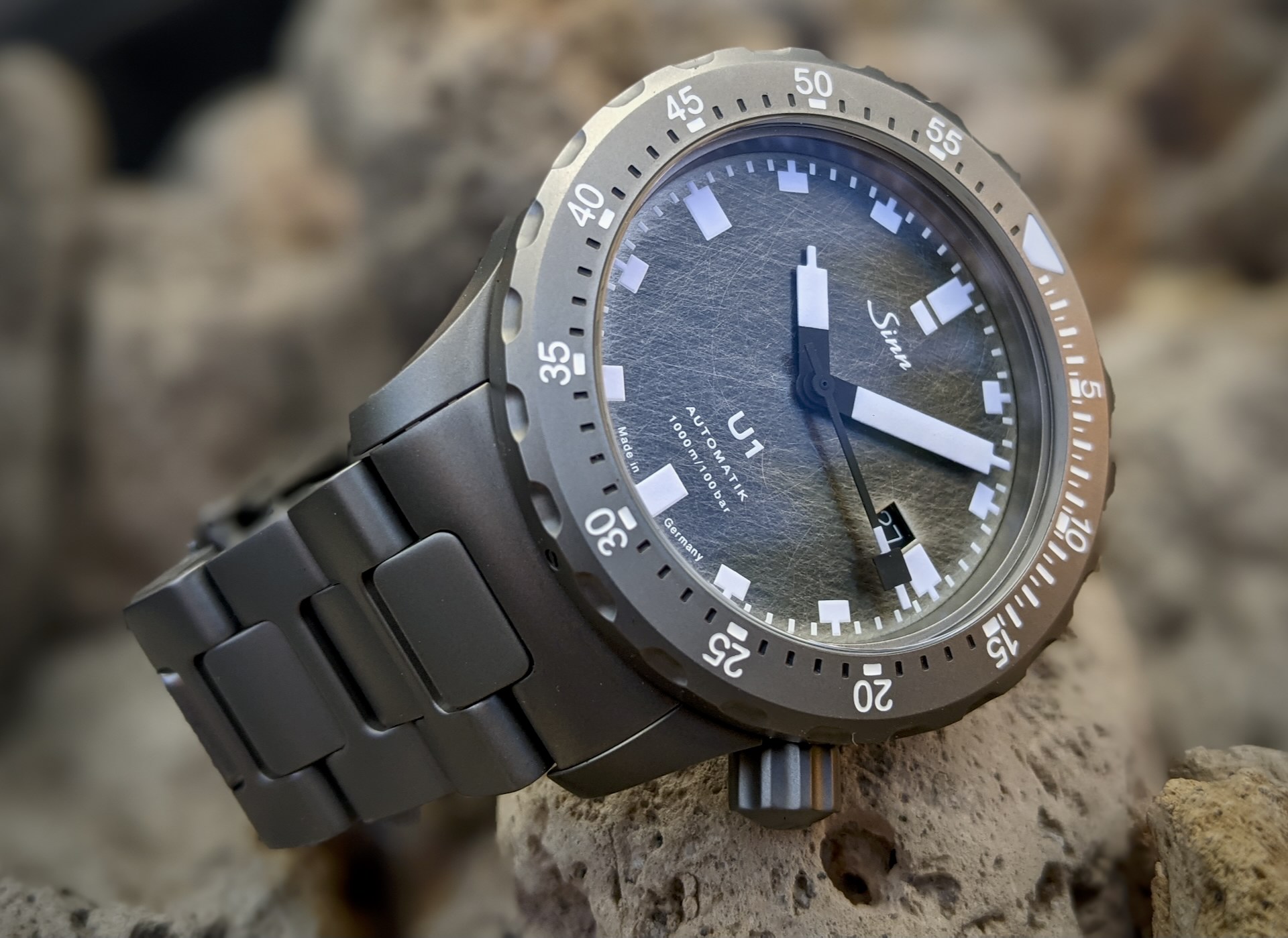
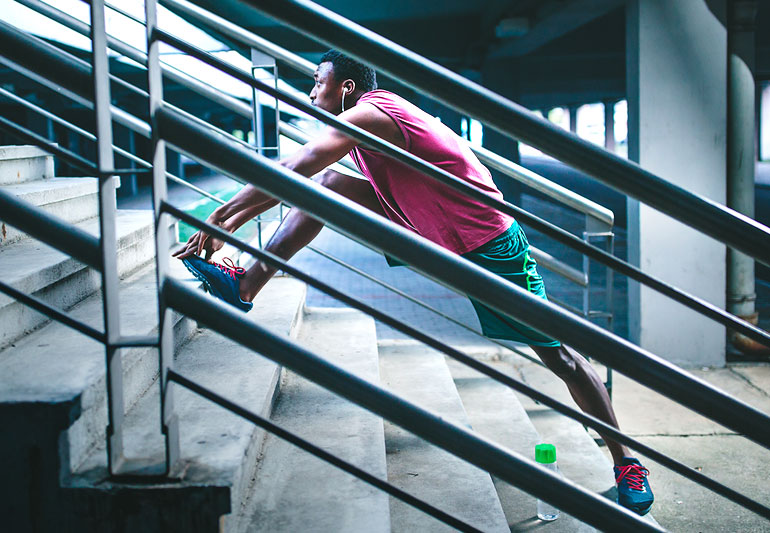
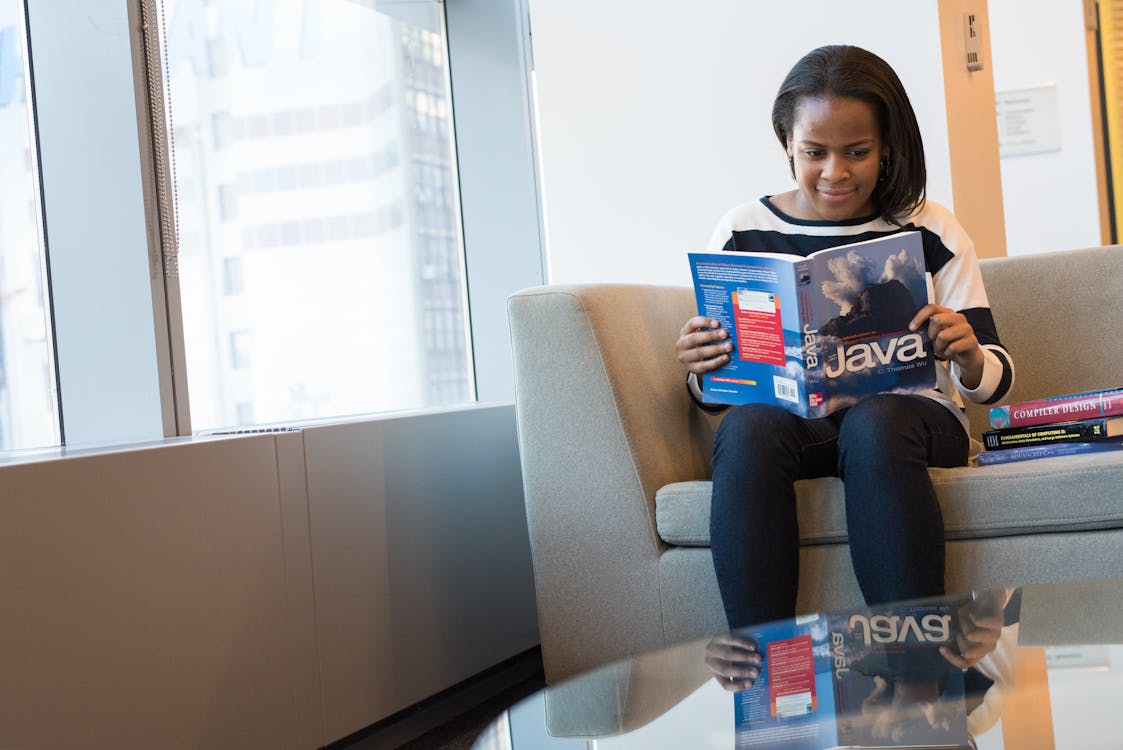

Comments